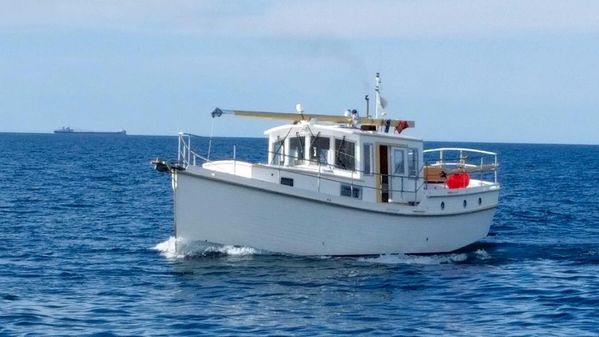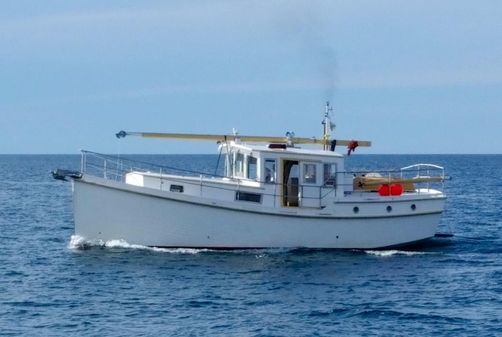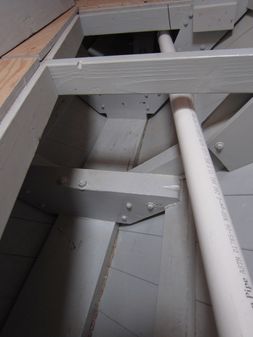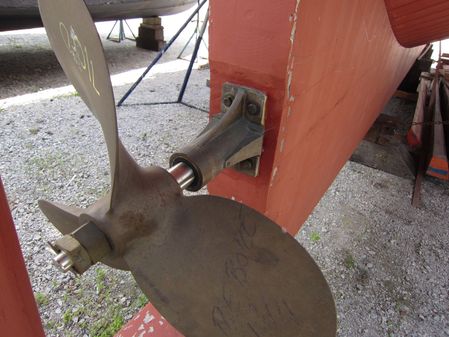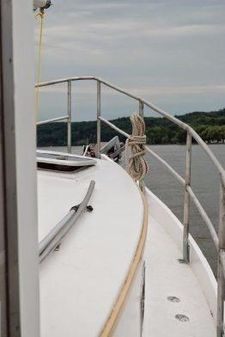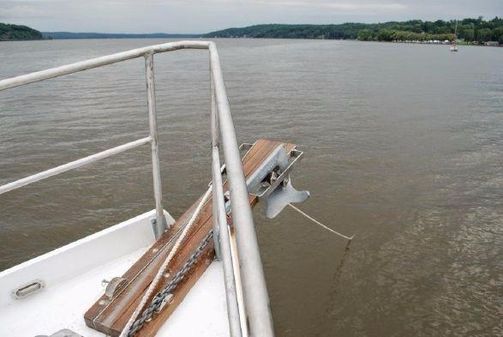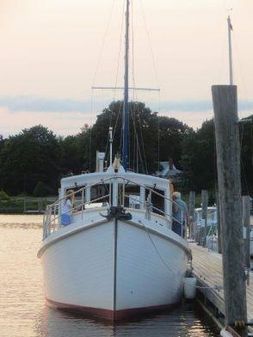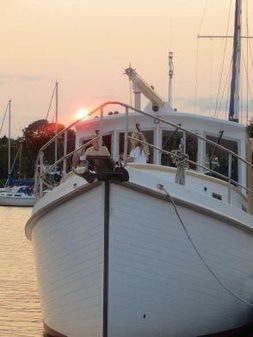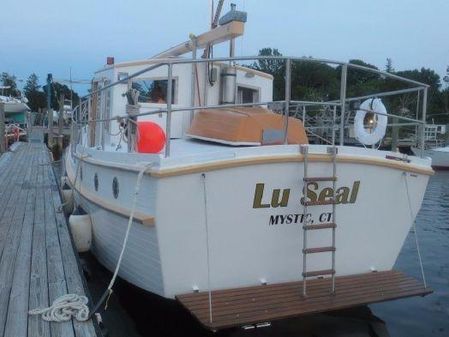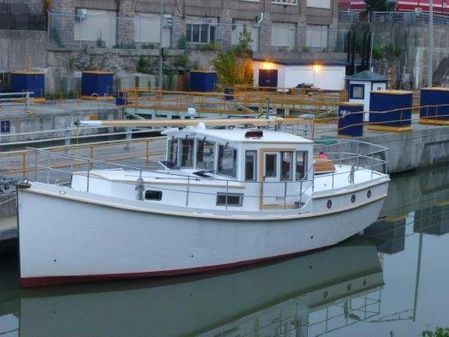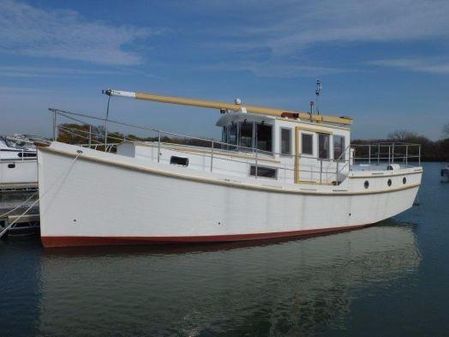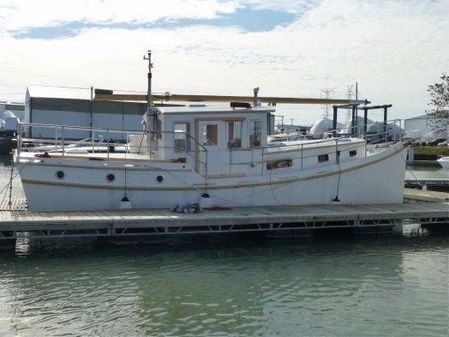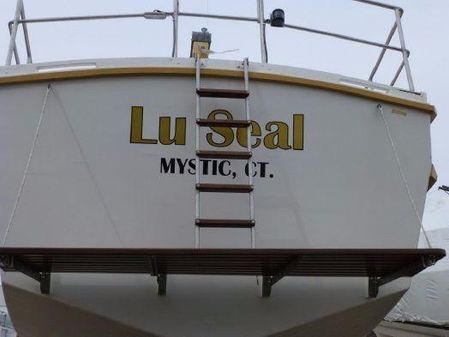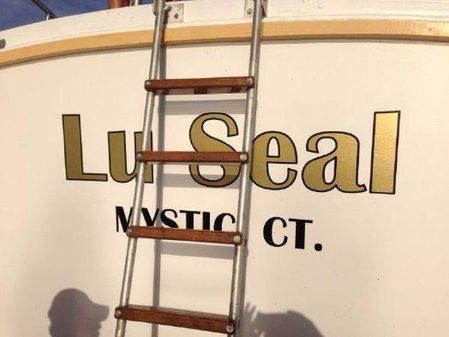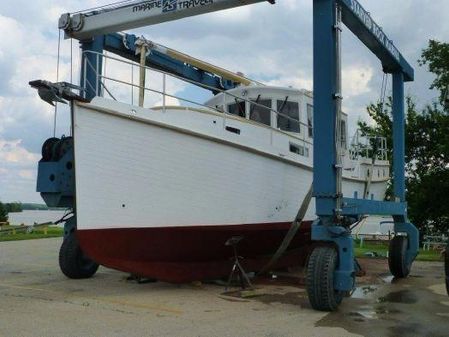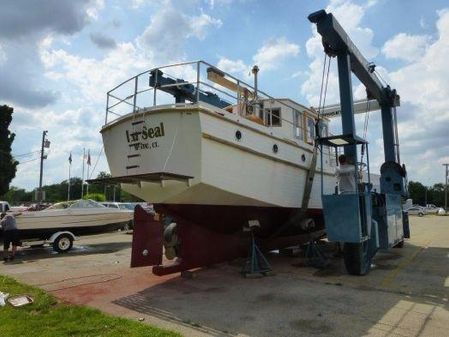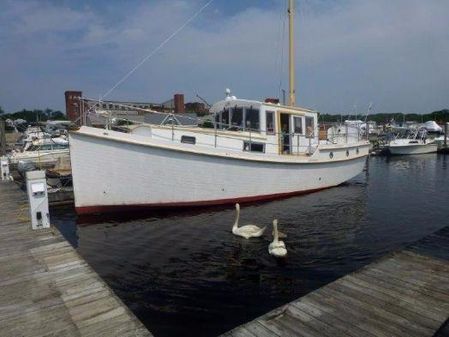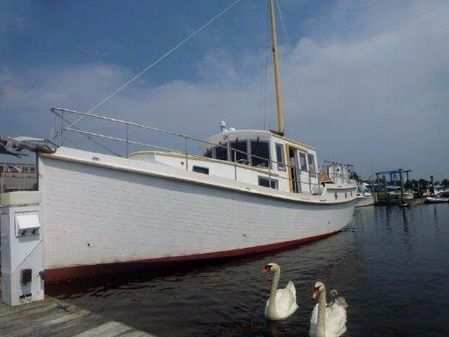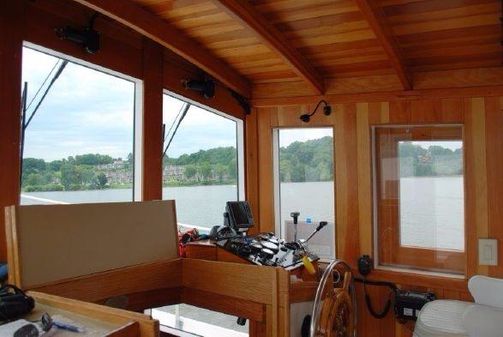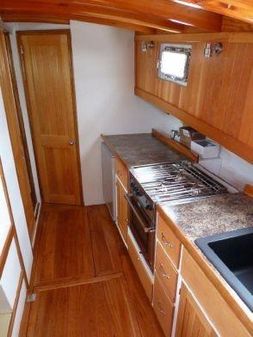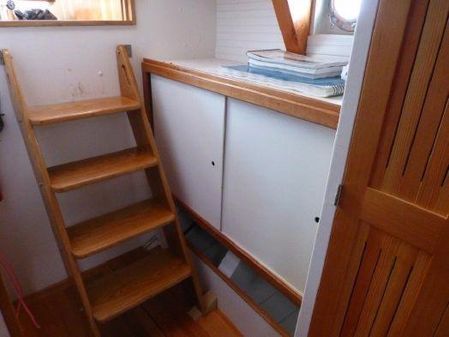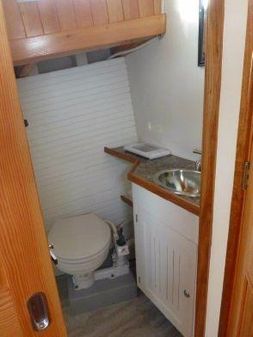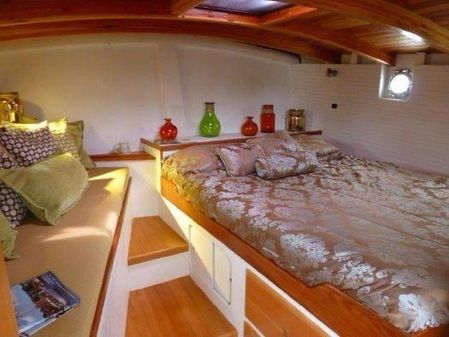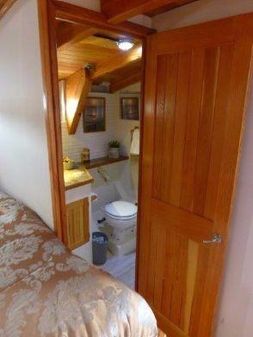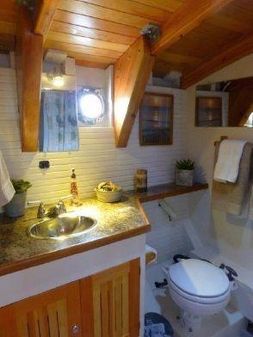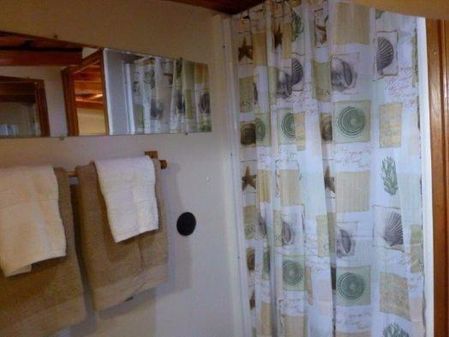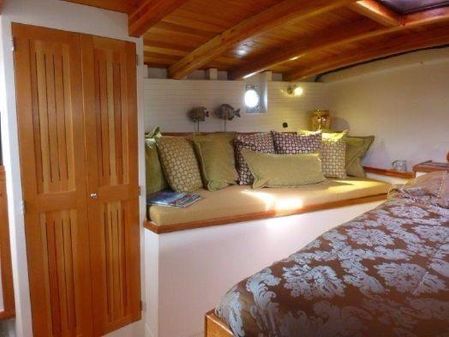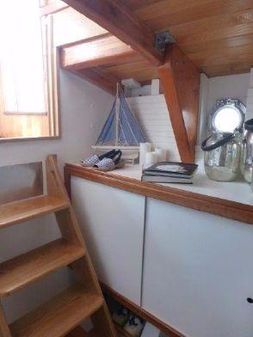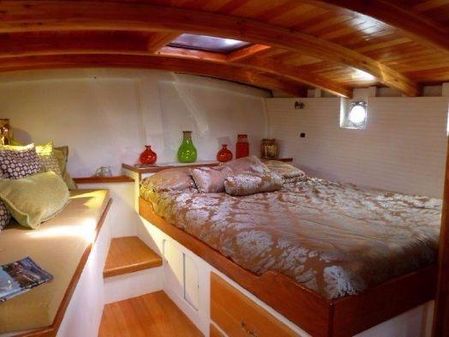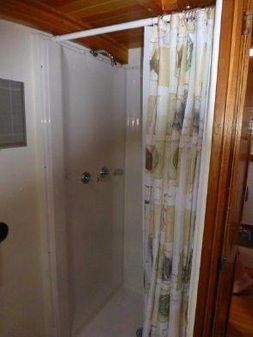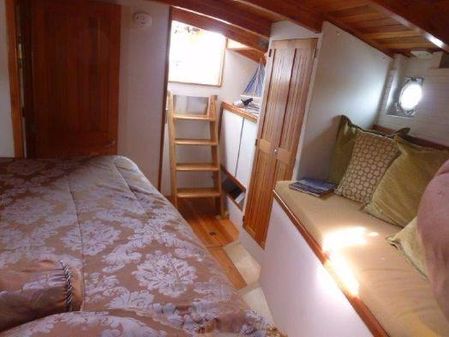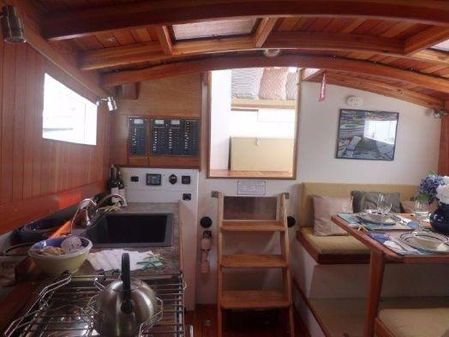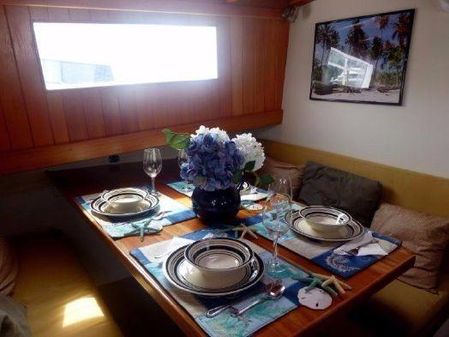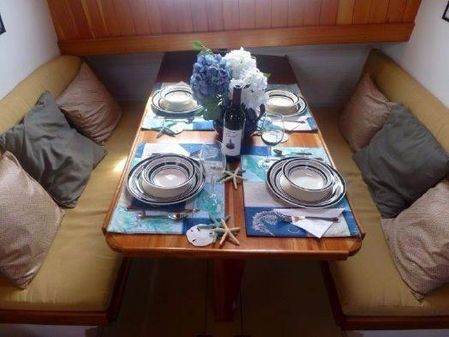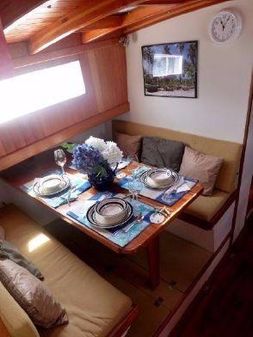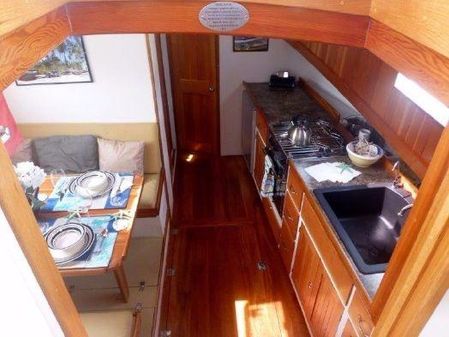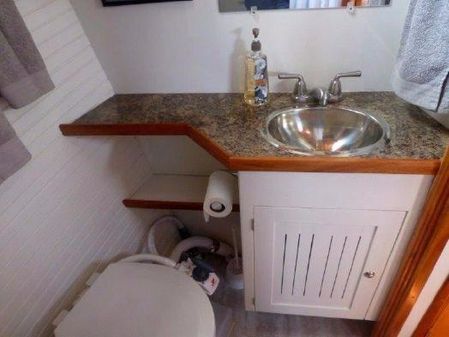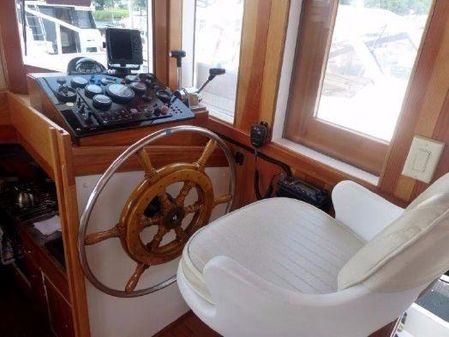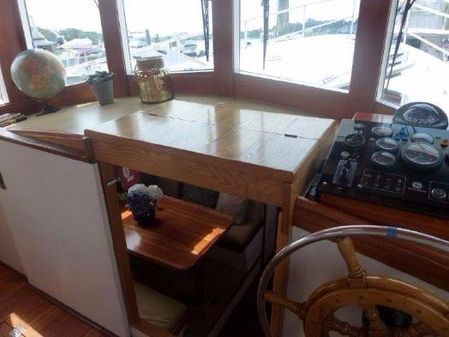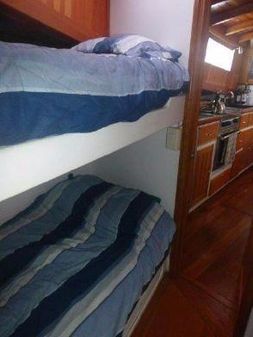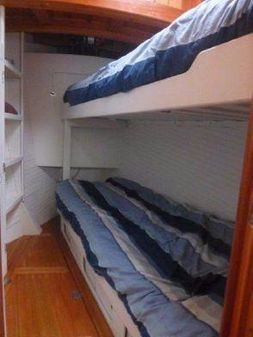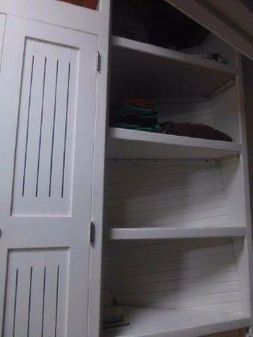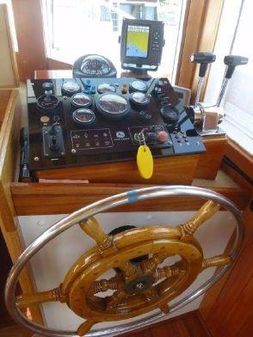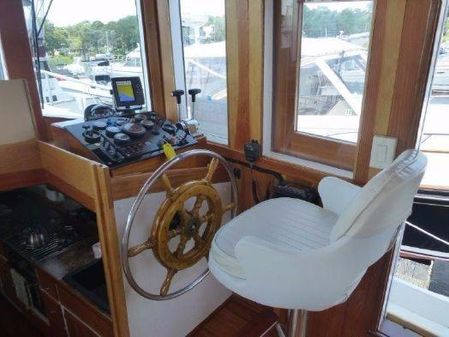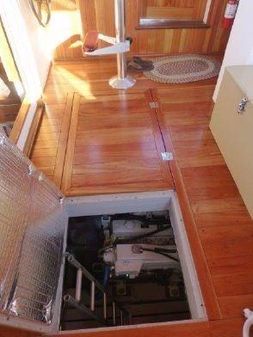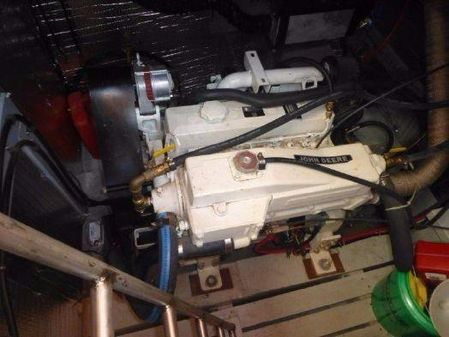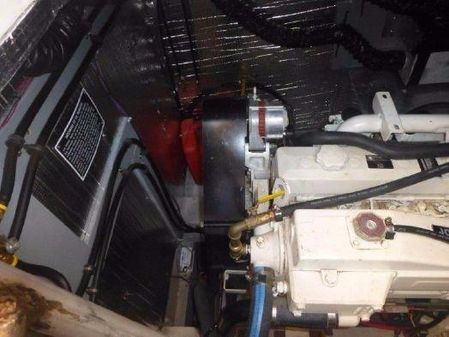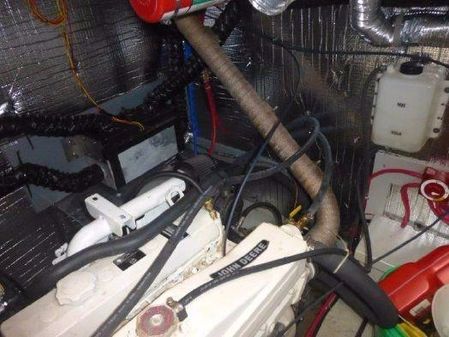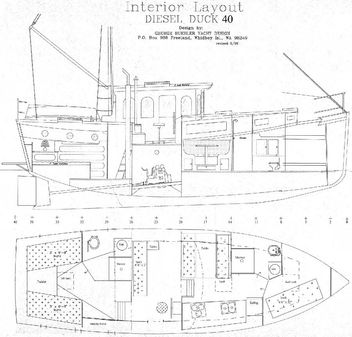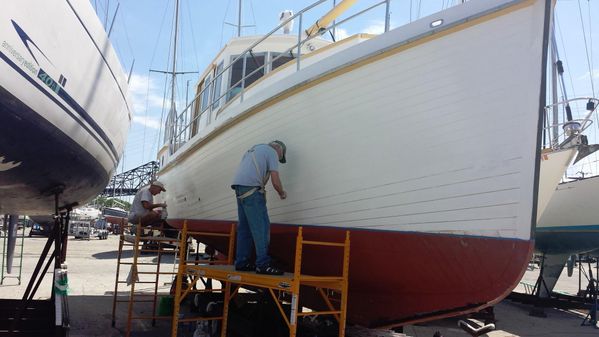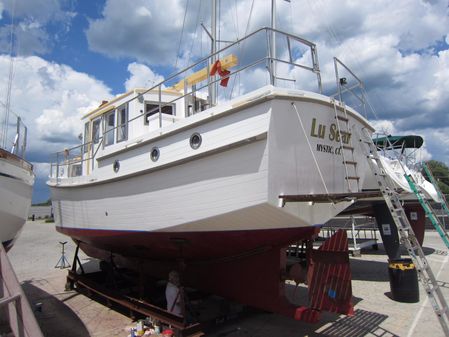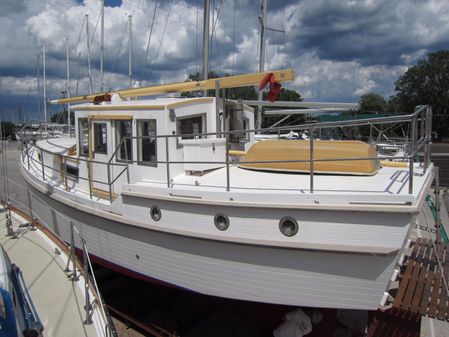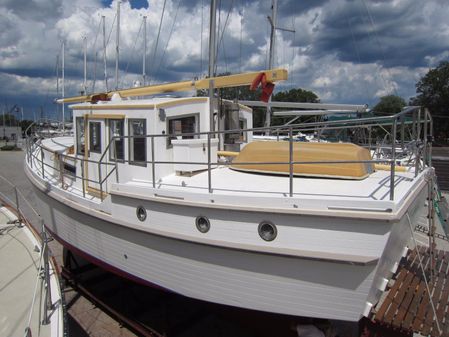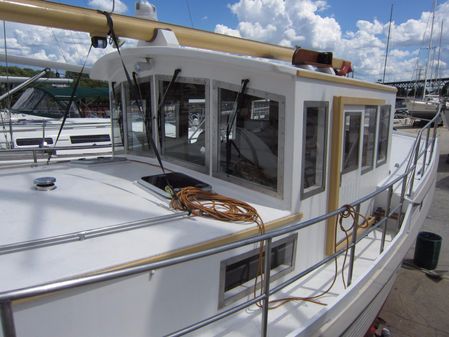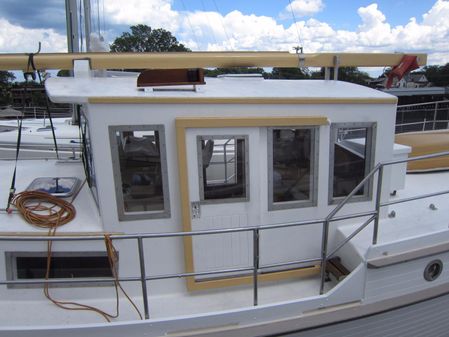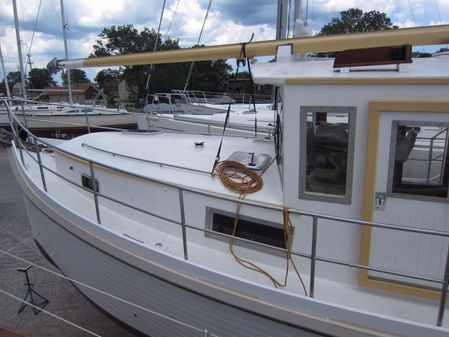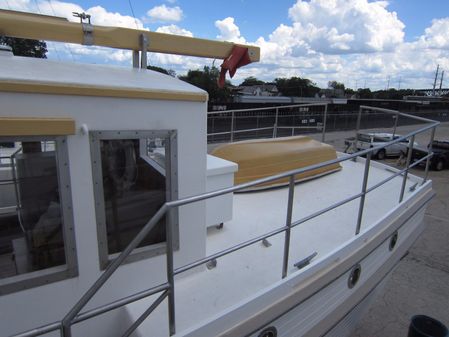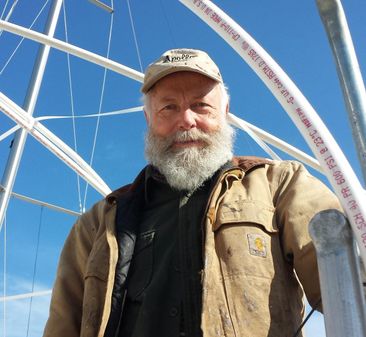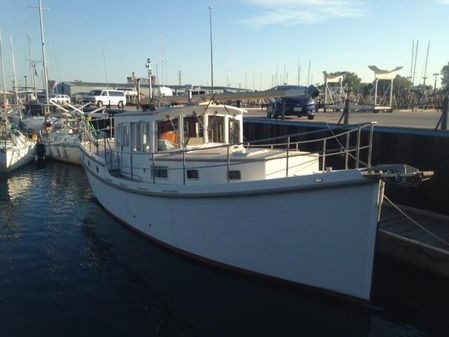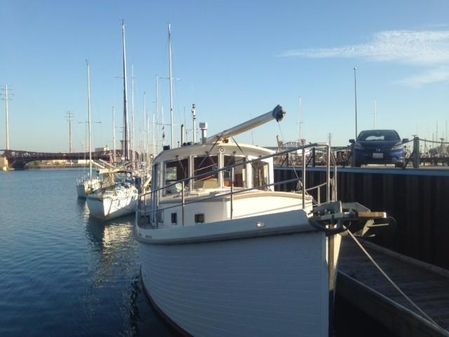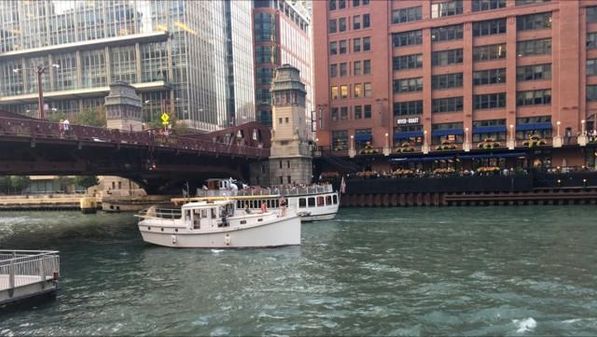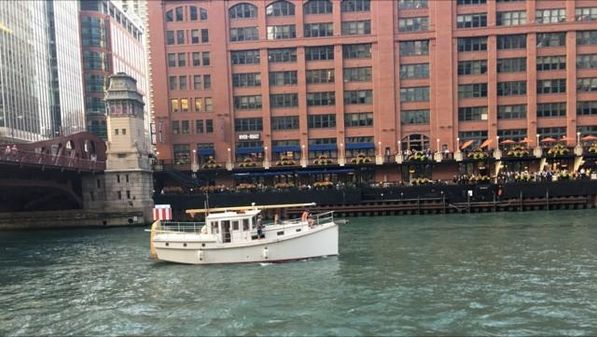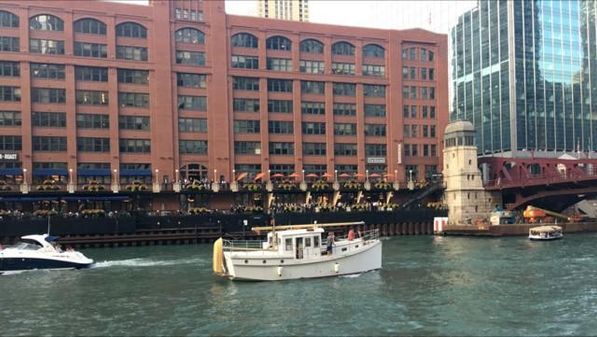Basic Boat Info
Dimensions
Engines / Speed
- Make: John Deere
- Model: 4045DFM
- Fuel: Diesel
- Engine Power: 80hp
- Type: Inboard
- Propeller Type: 3 Blade
- Year: 2007
- Engine Hours: 730
Tanks
Other
- Head in forward compartment w/sink and shower
- Head in aft compartment w/sink and shower
- 2 bunks in bow room
- Queen berth in aft compartment
- Dinette in forward compartment converts to double berth
- Galley: 3 burner propane stove w/oven, marine DC/AC refrigerator, sink
- Varnished Cherry wood trim and varnished Cherry or Douglas fir floor boards throughout boat
- Painted Douglas Fir ceiling on inside of hull.
- Varnished douglas fir in pilothouse
- Varnished douglas fir overheads
- Painted bulkheads
- Lewmar hatches
- Opening portlights
- Interior lighting
- Compass
- Blue Sea DC and AC panels
- Depth sounder
- VHF radio
- GPS/Chartplotter
- 12v electric windlass
- Anchor windlass, bow rollers, 2 anchors with rope/chain rodes
- Dock lines
- Fenders
- Mast and boom: douglas fir construction
- Stainless steel handrails
- Swim platform
- Navigation lights
- Windshield wipers
- Life jackets
- Horn
- John Deere 4045DFM, 80 hp marine diesel, keel cooled, dry exhaust
- ZF Marine transmission gear 2.78 to 1
- 1 ¾” propeller shaft
- 3 blade 26" x 20" prop
- 2 aluminum fuel tanks, 500 gal. total
- Hydraulic steering
- Engineroom fire extinguisher system
- Fire extinguisher in each compartment (3)
- Holding tank (35 gal.)
- Water tanks (2 tanks of 54 gal. each)
- Fresh water system, fresh water pump, hot water heater
The hull is traditional carvel , v bottom construction. Planking is 1 -1/2” Douglas fir , silicon bronze fastened to sawn Douglas fir framing.
Cabins are Doug fir plywood over Doug fir framing covered with 2 layers of 12 oz. Vectra cloth set in west system epoxy. Decks and cabin tops are one layer 3/4” DF tongue and groove ,2 layers 3/8”Df ply covered by 3 layers 12 oz. Vectra cloth set in west system epoxy. Deck and cabin beams are laminated Douglas fir.
Hydraulic steering is a helm pump. There is no auto-pilot however plumbing and wiring is ready to install if/when buyer elects to add. A chart plotter that is compatible with auto- pilot would be necessary. The current Garmin sounder/ GPS is not auto-pilot compatible. Keel cooler is rigid copper tubing. Alternator is standard 14v 75A. Batteries are lead acid 27 series. The 3 House batteries are in a box , under floor boards, in forward compartment, under breaker panel. The starting battery is in engine room, port side at after bulkhead. The two systems are separate; the disconnect switch in engine room has a cross connect .
Batteries were all replaced spring 2021. Traditional packing and stuffing box. Vectra is similar to Dynel. The angle piece next to knee in aft compartment connects the chain plate on deck to the deck beam. Windshield is 1/2” plate glass. Used glass because of windshield wipers. Wipers would scratch plastic. All other windows are 1/2” Plexiglas . Port lights are from New Found Metals ,3/8” glass. Window frames are stainless steel.
Wayne Shibley has built about 30 boats on his own, Luseal is the largest. He also worked for builders in Nova Scotia constructing wooden boats. For the last 25 years he has been in the Chicago area doing repairs and restoration mainly on wooden boats. Luseal is insured through BoatUS/Geico. Since her launch LuSeal has been in the water every year except the summer of 2020 , because of the Covid 19 pandemic. Usually beginning of June until beginning-mid October. Winter storage in a metal building with a earth/gravel floor.
Keel construction is per designer Buehler’s plans, laminated Douglas fir, the frames are sawn timbers connected with plywood gussets at chine, glued and bolted together. Racor fuel filter.
Wayne Shibley, January 2022
The cabin heater is an automotive type heater that uses engine coolant flowing through a heat exchanger with a fan to blow the heat into the forward and aft compartments. You have heat when engine is running .
Water heater is also plugged into the above coolant line, so the engine heats the hot water when it’s running and shore power can be used when at a dock.
Water heater is 11 gallons.
Engine hours about 730.
The mast is counter balanced in a tabernacle, so 2 people can raise it fairly easily and safely. I don’t have a sail for the mast.
Two 20 pound propane tanks in a locker behind the pilot house on the port side.
There is a solenoid operated valve on propane line in locker also, which is operated at stove inside at galley.
I believe the sides you are referring to are what’s called “ceiling “ in wooden boat construction. In large ships the ceiling is usually as thick as the planking, providing additional strength in the structure. In boats the ceiling is usually thinner than planking and the main purpose is providing a air path from the bilge. The space allows the air to flow out at each frame bay. The idea is to create a chimney effect, natural circulation, warmer air raising. So it’s an unobstructed flow from bilge to deck. Air flow is very important on any boat, especially a wooden boat.
LuSeal has been out in what I think was bigger than 10’ waves . The boat did fine.
LuSeal was in Pawcatuck Connecticut for 2 seasons , in a river near Long Island sound. The river is tidal where the boat was, but I don’t think very much salt. Worms need the salt water and don’t survive in fresh water. I haven’t seen any evidence of worm damage. Worms usually get into a damaged area of wood (where bottom paint is gone) and then travel the length of the piece, eating and hollowing it out. So if you are in salt water, it is important to haul the boat out yearly, (or if you have hit something that could damage the bottom paint and expose the wood) to inspect the integrity of the bottom paint, look for worm damage, or any other damage, check zincs, rudder operation, prop condition, cutlass bearing, keel cooler. Worm damage doesn’t happen overnight, just keep the bottom well painted, haul out yearly to inspect. The keel has a worm shoe. It’s an oak board screwed to bottom of keel (with building paper and tar gasket). This is a sacrificial wood strip meant to hit anything in water first, take the damage, have the paint rubbed off, then the worms damage it, not the keel. Good if that’s the part that gets hit.
Yearly maintenance: Keep the boat clean, inside and out. Dirt collects rot spores and that’s where mold and rot start. Important to have airflow through boat. Any painted areas above waterline and on deck that paint is damaged should be touched up as soon as possible. I try to paint the whole exterior (above waterline) every 2 years. The two years is mostly for appearance. Some people paint entire boat every year. You can go longer if paint is in good condition. I usually don’t do the entire boat in the same year. Bottom is painted yearly. Seams are caulked and seam compound added where necessary. All the other maintenance of machinery and electrical/ electronic equipment is the same as any other boat. Important thing is to fix things early, before it get really bad. Nothing usually self heals on any boat.
Displacement- 32,000 pounds
Wayne
Last spring while preparing LuSeal for the upcoming season, I was boarding over the transom on a ladder . I noticed a bulge in the planking where it overlaps the transom.
This turned out to be rot, and it was on planks , at the rabbet ,on either side of the horn timber . So I started pulling planks, and continued pulling , because of rot in the rabbet ,and on some planks, until I got to the shaft log. At the shaft log the rot stopped.
I decided the only way to fix it would be to replace all the timbers, from the transom down to and including the shaft log , also replace bad planks. The shaft log seemed ok, but as a precaution I pulled it also. Turned out there was nothing wrong with the shaft log .
I think the cause ,was condensation and rain water traveling down the transom and entering a crack in the caulking at the rabbet, this kept the rabbet moist so when it was warm the rot would grow.
So this doesn’t happen again, I ‘ll be constructing this area differently to divert away the water coming down the transom .
So LuSeal didn’t get in the water for 2022, the timbers are all replaced and as soon as it warms up I plan to get going on the planking and hopefully be able to launch in early June.
The Company offers the details of this vessel in good faith but cannot guarantee or warrant the accuracy of this information nor warrant the condition of the vessel. A buyer should instruct his agents, or his surveyors, to investigate such details as the buyer desires validated. This vessel is offered subject to prior sale, price change, or withdrawal without notice.



